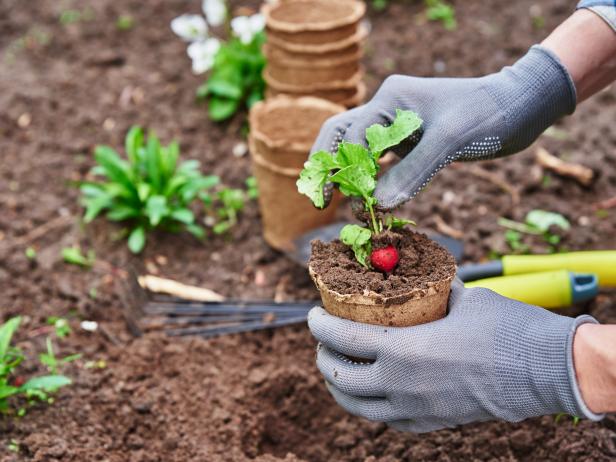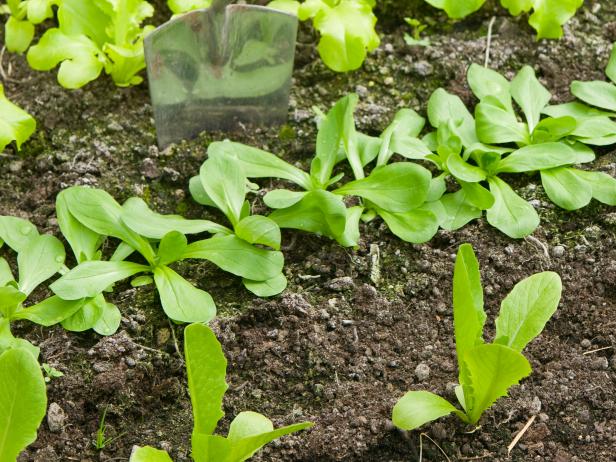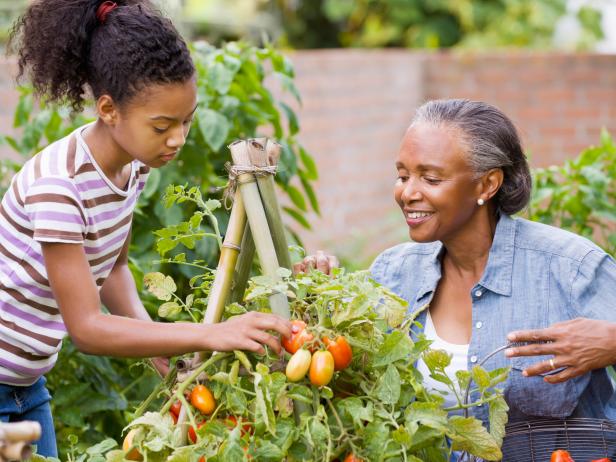Becoming a successful gardener comes with trial and error. It’s a learn-as-you-go craft that takes more than putting seeds in the ground. Although gardening is fairly easy and fun to do, novice and veterans alike can easily make gardening errors, especially when just starting out.
The good news is if you’re a beginner gardener (or lack a green thumb), a well-thought-out plan can help you avoid these all-too-common gardening mistakes. And with spring fast approaching, now is the perfect time to carefully plan the details of your garden and head confidently into planting season.

Aliaksandr Barysenka / EyeEm/Getty
Picking the Wrong Spot for Planting
Before you start your garden, you must ensure the area you choose works for the vegetables you have chosen to grow. Most vegetables require a minimum of 6 hours of sunlight per day, and without the proper sun exposure, your plants will struggle all season long and produce a much smaller crop. You can start now by tracking and taking notes of the areas in your yard that put forth the most sunlight.
It’s also helpful (and convenient) to create your garden space next to a water source, making sure your hose reaches your garden easily.
Starting Too Large
Go big or go home isn’t the mindset to have as a beginner gardener; at least not at first. When mapping out your new garden space, go small. Each plant requires care that differs from one another and basic knowledge of its needs. From deadheading to what nutrients your plants require, a large garden can soon become overwhelming. Gardens are meant to be relaxing, so start small, learn as you go and expand when you’re ready.
Not Choosing the Right Plants for Your Growing Zone
This is something a beginner gardener might not be aware of but can greatly impact the outcome of growing a successful garden. Be sure to carefully research what crops are zone compatible with your growing location. You can also check seed packets for correct zone information. If you grow plants outside of your zone, you will need to bring your plants (if potted) inside or place them in a greenhouse in the winter months. Find your growing zone here.
Planting Too Early
It can be so tempting to get your garden going early, especially after the long winter months. But, keep in mind, a spring freeze can kill your crops before they even begin to grow. It’s best to look up the final frost date for your region before you plant. Cool-season crops like cabbage, broccoli and lettuce can be planted in the early spring, before the final frost, and without repercussions if a frost occurs.
Planting Too Late
Every crop matures at a certain time which is why it’s best to check your seed packets to find out the average age to maturity for your plants a.k.a. the number of days between planting and the first harvest. Planting too late in the growing season means your plants may hit the first frost which can ruin your harvest. Not only will they have not reached their full harvest window, but you’ll be missing out on lots of garden veggies.
Not Preparing the Soil Properly
Your crop will only be as healthy as your soil; it’s where all the microbes live that feed your plants. Starting your garden season with poor soil is a recipe for disaster. Once you plant your beds, your plant’s roots will be looking to grow.
Start by applying organic compost (like seafood compost) to your beds, and lightly forking in without turning the soil over. Mix earth-friendly ingredients like worm castings and kelp meal into your compost as well; they’ll give your plants a healthy and gentle start, and are catalysts of gardening success. You’ll be able to find them at your local gardening center.
If you’re unsure of the condition of your soil and want to feel more confident, your local university may be able to do a test for approximately $20 and can tell you exactly how to amend your soil.

Ashley Cooper/Getty
Spacing Plants Incorrectly (And Neglecting to Thin Them Out)
Overcrowded plants end up competing for nutrients, water and space, resulting in poor growth and minimal production. Follow the directions on the seed packet for proper spacing requirements when sowing seeds into the soil of your garden bed, as well as when planting your sprouted seedlings.
When your seedlings break through the soil and come up in small clusters, now is the time to thin them out. Carefully choose the strongest seedling in the bunch and thin the rest out by snipping the bottom of the sprout, closest to the soil. You can also carefully sift through the soil with your fingers and gently pull out the seedling.
Over or Under Watering
It’s no surprise that all plants require water, but the amount varies from plant to plant. For example, a bell pepper requires less water than a cucumber, and so on. Reading the seed packet for water requirements and/or asking your local greenery for watering tips is a great place to start.
Of course, if your plant is showing signs that they are thirsty such as limping leaves and drying out, it’s time to give them a drink.
Keep in mind: Water requirements grow as the plants grow. Young seedlings and small plants don’t need a lot of water due to their root system being so small. They do need consistent moisture, but not so much that they sit in puddles. Too much water will rot the root system. A good rule of them is to stick your finger two inches into the soil. If it’s dry, then you need to water; if it’s moist, no watering is required at that time.
Failing to Weed
Weeding can be a pain or pure therapy. Either way, weeds need to be removed from your garden as they can rob nutrients from your crops. Simple weed management techniques include using a stirrup weeder/action hoe; you don’t have to bend over with this tool. Another organic method is to smother weeds – try placing a flat piece of cardboard and some mulch right on top of the weed. For walkways, try cardboard and wood chips to prevent weeds from growing in the first place. The best weed in the garden is the one that never shows up.
Going Too Heavy or Too Light on the Mulch
Mulching not only adds an aesthetic element to your garden space, but it also helps drown out weeds, maintain soil moisture and regulate soil temperature. But there’s more to mulching than just tossing it onto your beds.
Too much mulch can be costly, unnecessary, and may pile up around the base of your plant stem causing root rot. On the other hand, not enough mulch will cause weeds to grow more freely and the plant’s root system will not thrive or be properly insulated.
Start by applying two inches of mulch which will allow it to do its job properly. The most commonly used mulches include compost, rice hulls, leaf mold, cocoa husks, straw, hay and aged bark mulch. Plastic mulch or weed fabric also works.
Too Much (Or Too Little) Fertilizer
Beginner gardeners should look for gentle fertilizing products with low NPK (nitrogen, phosphorus, potassium) numbers. This will ensure you don’t over-fertilize by giving the plant too many nutrients at once, hence, over-fertilizing. Examples may include organic worm castings, kelp, super worm frass and some fish fertilizers. Mineral solutions from the sea are a good choice as well.
Shelf-stable beneficial microbes will also help plants thrive. An organic all-purpose fish fertilizer can be an all-in-one solution. Look for certifications like ‘OMRI’ or ‘CDFA’ on the product to ensure that it’s organic.
Over-fertilizing can stunt the growth of your plants and possibly kill them, while under-fertilizing will result in nutrient deficiencies and stunted growth. Following the directions on fertilizer packages will secure proper application rates.

Ariel Skelley
Neglecting to Harvest and Prune Your Plants
There’s nothing more exciting than seeing the fruits of your labor ripe and ready for the picking. Some beginner gardeners can feel a bit hesitant when taking their first harvest with thoughts of possibly damaging the plant or that the plant will stop producing.
However, the more food you harvest, the more the plant will produce and vice versa. When your plants are filled with vegetables, it puts off a signal that tells the plant to slow down production. On the other hand, when harvesting, your plants will then put their energy into making more food. When the first fruits (or veggies) are ripe, pick them.
The same goes for pruning damaged leaves and steams. Pruning stimulates new growth resulting in more food (and flowers) while keeping the plant in the bounds of creating healthy airflow within your garden.

